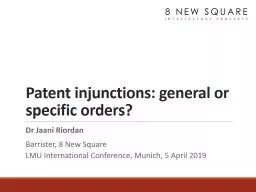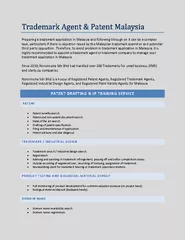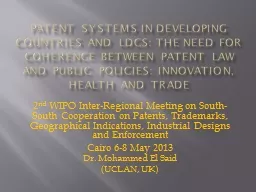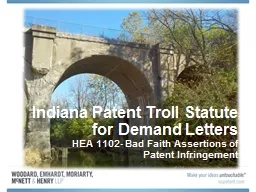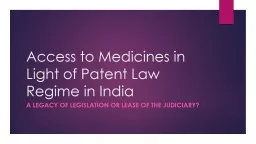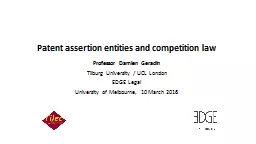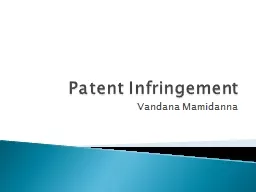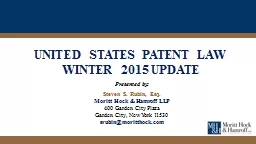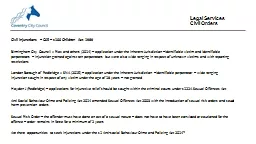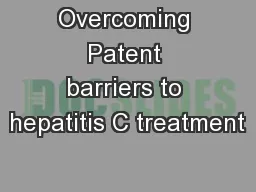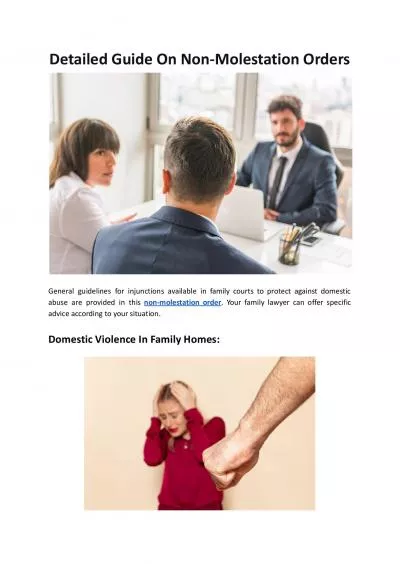PPT-Patent injunctions: general or specific orders?
Author : marina-yarberry | Published Date : 2019-11-23
Patent injunctions general or specific orders Dr Jaani Riordan Barrister 8 New Square LMU International Conference Munich 5 April 2019 Overview Statutory framework
Presentation Embed Code
Download Presentation
Download Presentation The PPT/PDF document "Patent injunctions: general or specific ..." is the property of its rightful owner. Permission is granted to download and print the materials on this website for personal, non-commercial use only, and to display it on your personal computer provided you do not modify the materials and that you retain all copyright notices contained in the materials. By downloading content from our website, you accept the terms of this agreement.
Patent injunctions: general or specific orders?: Transcript
Download Rules Of Document
"Patent injunctions: general or specific orders?"The content belongs to its owner. You may download and print it for personal use, without modification, and keep all copyright notices. By downloading, you agree to these terms.
Related Documents

